If you’re a heavy HUT or Online Versus player, picking the right strategies to use is important. Strategies indicate how you want the AI players to set up on the ice, as well as guide how skaters on the ice break out. In NHL 21, users can set team-wide strategies, as well as specific breakouts for each line. But which strategies should you focus on in NHL 21? Let’s go over some of our recommended strategies, plus some ones to avoid.
How to change strategies
Before we get into which strategies we recommend, let’s quickly go over how to change strategies. During a game, you can press either B/X (on Xbox One) or Circle/Square (on PlayStation 4) during a stoppage of play to change the strategies, as well as the team’s lines. If you are in HUT, select Manage Lineups from the My Team tab, and then go to the Strategies section.

With that said, let’s take a look at which team strategies you should use in NHL 21.
Team Strategies
Forecheck – 1-2-2 Aggressive or 1-2-2 Passive
Forechecking is all about putting pressure on the opposing team in their zone, particularly towards their defensemen. The key though is that you don’t want two or three of your players to fall behind the puck and get caught. Sending one player on the forecheck in most situations is the best route to take. However, if you are later down by one or two goals, you might want to consider changing this strategy and send two players in.
Neutral Zone – 1-2-2 Red or 1-3-1
Arguably the most popular neutral zone is the 1-3-1, as it’s effective at suffocating the opposing team’s breakout and trapping them in the middle of the ice. The 1-2-2 Red, though, is not a bad option for those who don’t want to use the trap but attempt to take away the breakout at the red line.
Trap/Forecheck – 0 or 1
If you plan on using the 1-3-1, or you’re just a player that wants to play a defensibly responsible game, set this setting to either a 0 or 1. This will reinforce your team’s trap bias and have your AI defenders focus on suppressing the other team’s breakout. If you do plan on playing an aggressive play-style, increasing this setting will focus your team towards forechecking in the offensive zone.
Offensive Pressure – Standard
While our recommendation is Standard, keep in mind that you may want to consider adjusting your strategies in-game, depending on the score. Setting this strategy to Standard will ensure that your team has a healthy mix of careful and aggressive play. If you’re down later in the game, setting this to Aggressive or Full Attack might not be a bad idea either. However, we do not recommend using Defend Lead. While it might not sound like a bad strategy, especially if you are up ahead, it’s always a smart strategy to keep putting pucks on net and sustaining pressure even if you do have the lead late. Just be careful when taking chances, though.
Defensive Pressure – Protect Net
Our recommendation for this strategy is to set it to Protect Net. This will give you a better chance of having your AI defenders protect the slot area and prevent high-danger scoring chances right by the net. You always want to protect that area of the ice at all costs, so setting this to Protect Net will give you a better chance at doing this.
Defensive Strategy – Collapsing
Much like with the Defensive Pressure strategy, you should set this to Collapsing. Doing this will get your defenders to collapse to the front of the net and slot. Yes, this might make your team weaker to one-timers on the point. However, a solution to this would be to take control of one of your wingers, hang with the opposing team’s defensemen, and put pressure on them.
Penalty Kill and Power Play
Now let’s talk about special teams, as what strategy you should use will depend on what the opposition is utilizing and what you are comfortable with. Let’s start with the penalty kill, as it’s important to point out that there are three different strategies for the PK: Large Box, Passive Box, and Diamond. Diamond is reserved for handling the 1-3-1, or Umbrella, which we’ll get to when we talk about power play setups. Large Box is a good set against players who want to pass and cut into the middle of the ice, as it puts pressure on those skaters. Passive Box created a tight square on the ice, which can be effective against players who are looking for cross-crease plays. Recognizing what the opponent likes to do will be critical when it comes to deciding which strategy to use.
As for the power play setups, it’s important for you to pick a strategy that you are comfortable with, and one that fits your play-style and roster. If you like to play a possession-based game and get a ton of shots on net (especially one-timers from the point), try the Shooting, or even the Overload strategies. You could also use the Umbrella, which involves having one player either in front or around the net, three skaters in the middle of the ice, and one more at the point. This could be a handy strategy for setting up sharp-angled shots, screens, and one-timers in the middle of the ice. Keep in mind, though, that it might be difficult to keep the puck in your zone with the Umbrella, since only one player will be at the point.
PP Carry/Dump – 0, 1, or 2
This setting decides what your team’s AI bias will be on the power play. A low setting means that your team will prepare for a carry into the offensive zone. A high setting sets your team’s bias towards the dump and chase. Dumping and chasing has not been very common in NHL over the past few years, although it might see more usage, given the back-skating nerfs that his NHL 21. Still, we think that most players will be more comfortable carrying the puck into the offensive zone on the PP.
Breakouts
As far as breakouts are concerned, here are our recommendations for how you should set those up:
- Control Breakout – Strong Side Slant
- Power Play Breakout – Five Back or Center Lane Option
- Quick Breakout – Close Support or Stay Wide
3 on 3 Offense – Standard or Passive
3-on-3 hockey is a different beast. Because of that, we don’t recommend setting this strategy to Aggressive. Our reasoning is two-fold: 1) You don’t want to get caught behind the puck during 3-on-3 play, and 2) You have control in a 3-on-3 setting. Since there are only three players on each team (six total), not only is there a lot more room on the ice, but in 1-on-1 action, only four players will be AI-controlled. Because of this, you want to make sure that your AI defenders are defensively responsible. If you do want to be a bit more aggressive in this format, you can set this to Standard, or take control of one of your forwards (preferably a speedy one) to hang around outside of the slot and closer to the blue line.
Line Strategies
How you set up your line strategies is really up to you. However, we do have a couple of quick recommendations. If you plan on utilizing a fast-paced, offensive-minded play-style, set your forward lines to Overload. If you have some big-bodied players, though, and you want to crowd the front of the net and look for screens, then try Crash the Net. Also, avoid setting your Carry/Dump bias high.
And for the defensemen, don’t set the Hold Line/Pinch setting very high either. As a matter of fact, we do recommend setting to as low as possible. This will give your team a better chance at minimizing odd-man rushes.

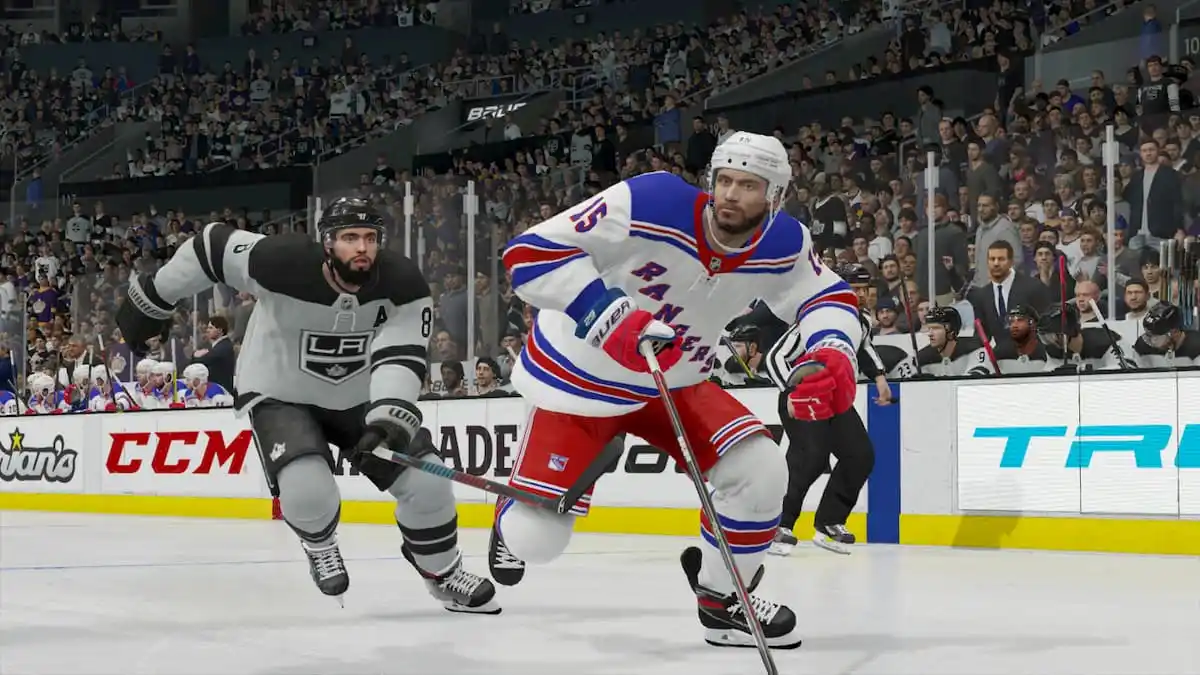
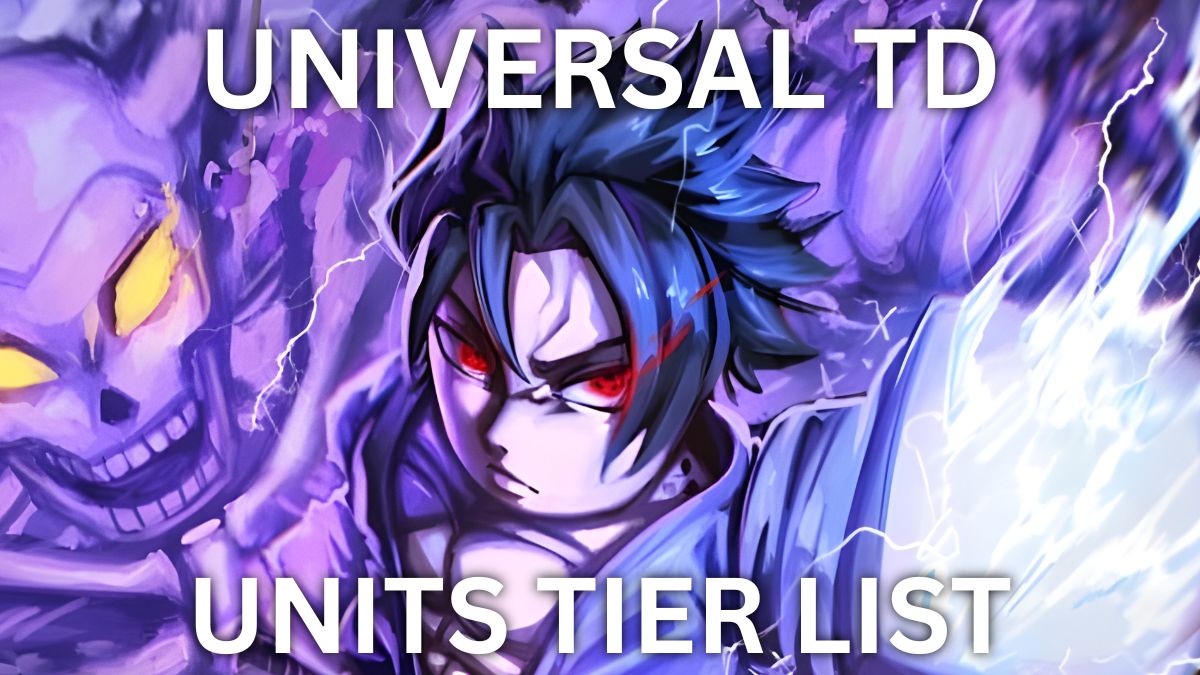


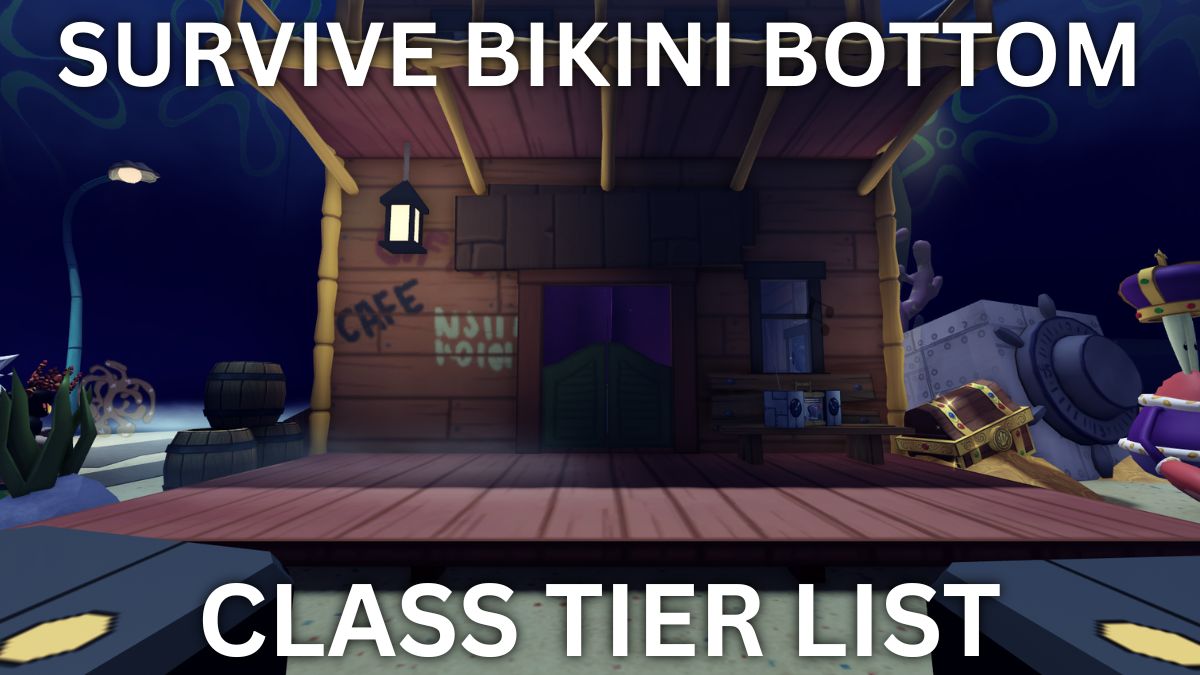
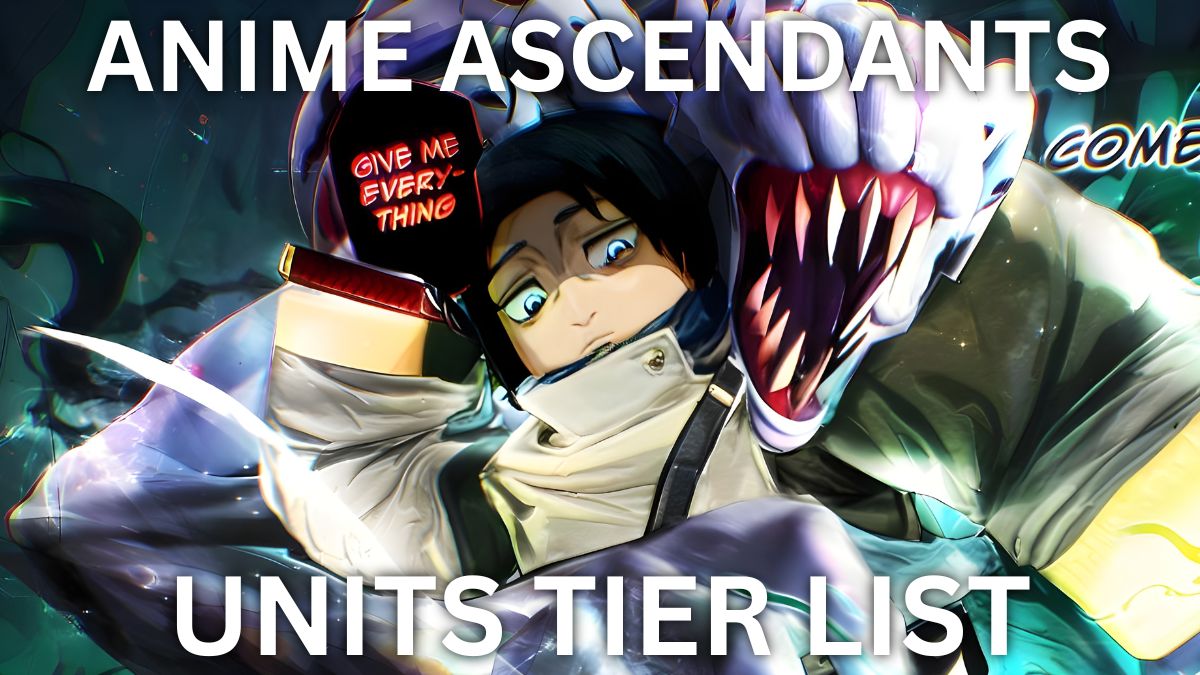
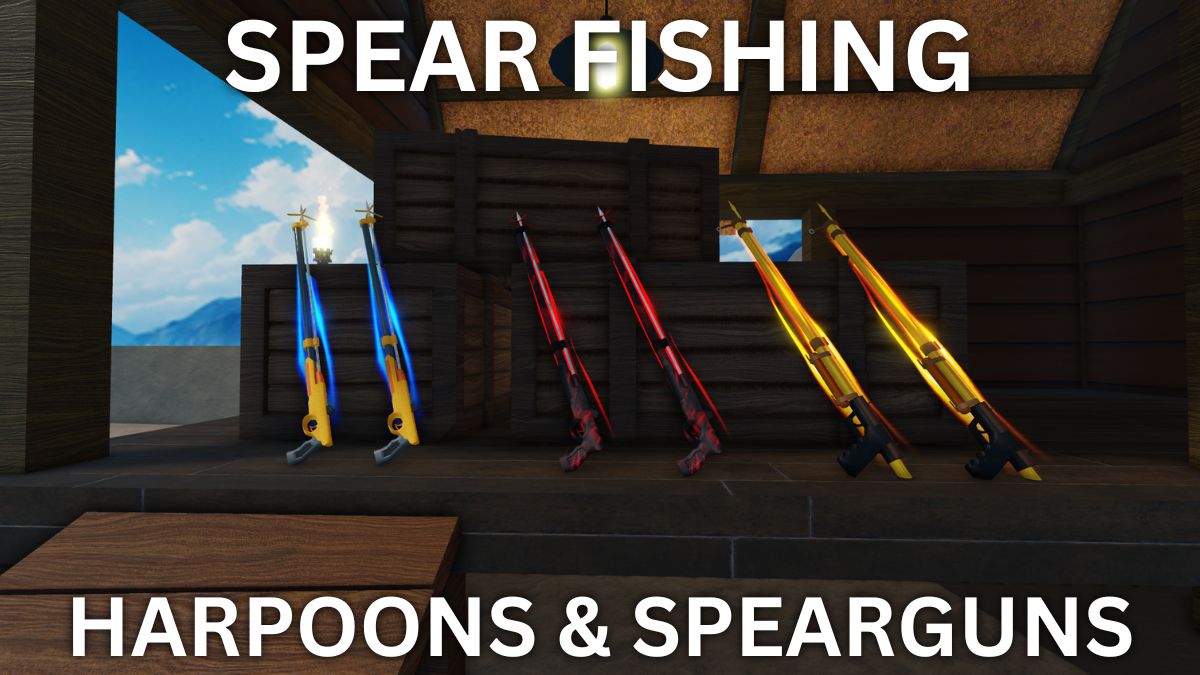
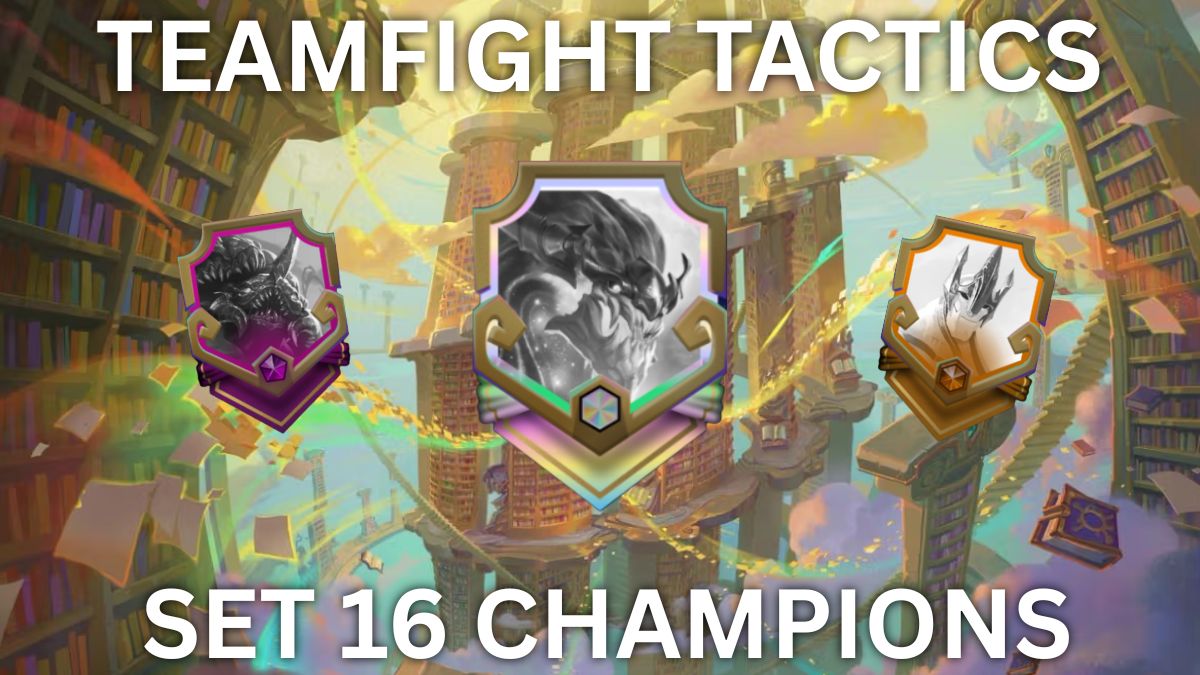
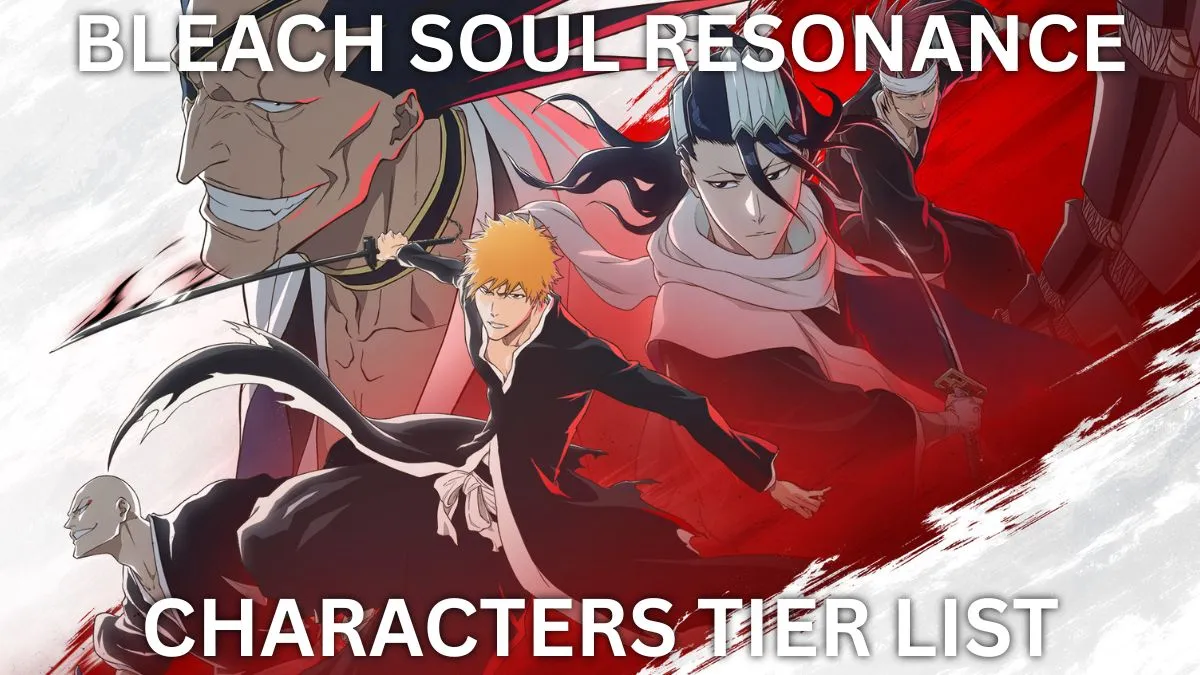
Published: Oct 17, 2020 03:37 pm